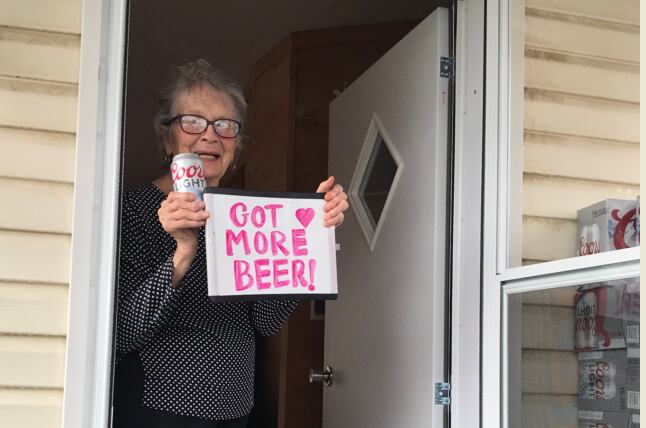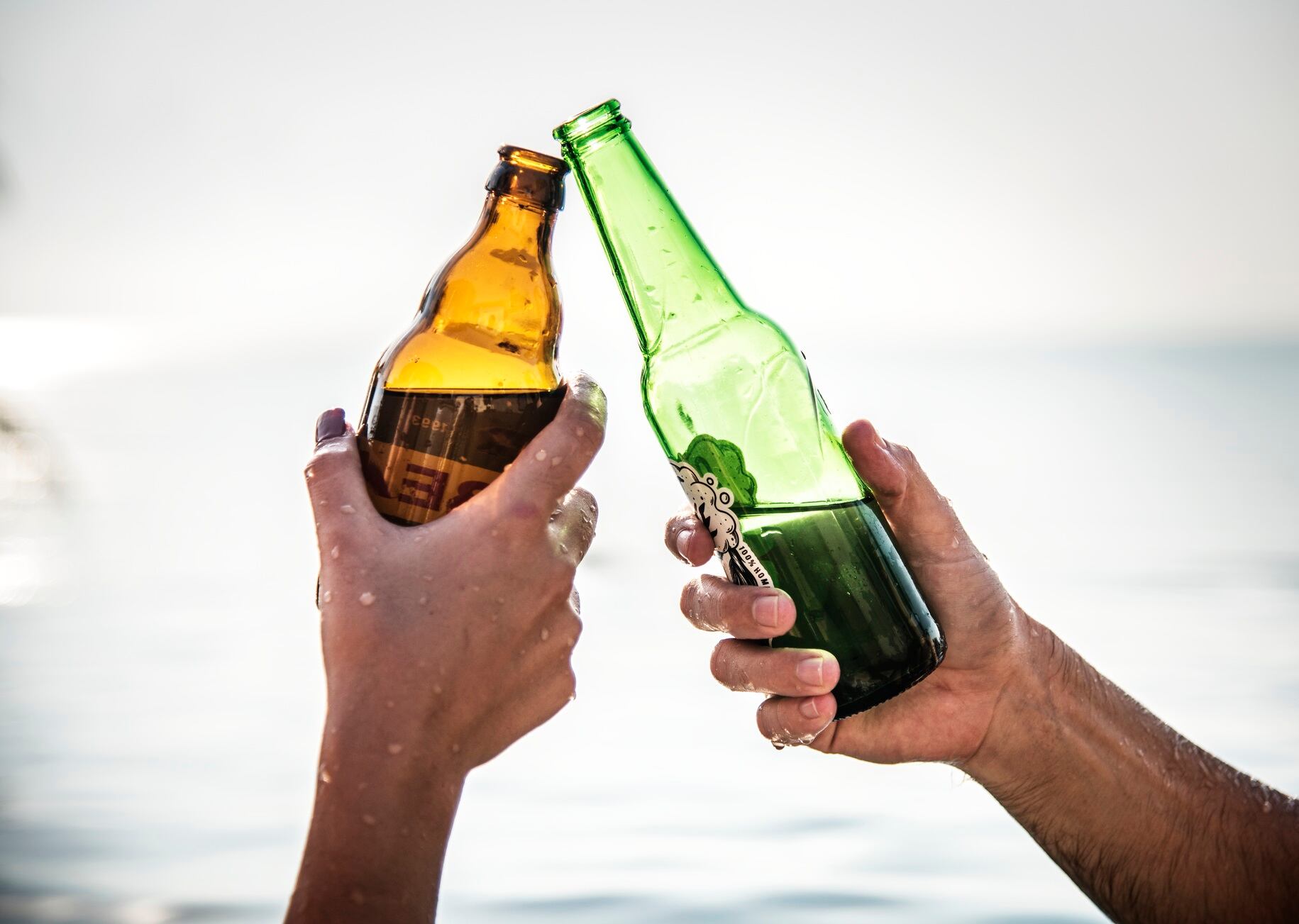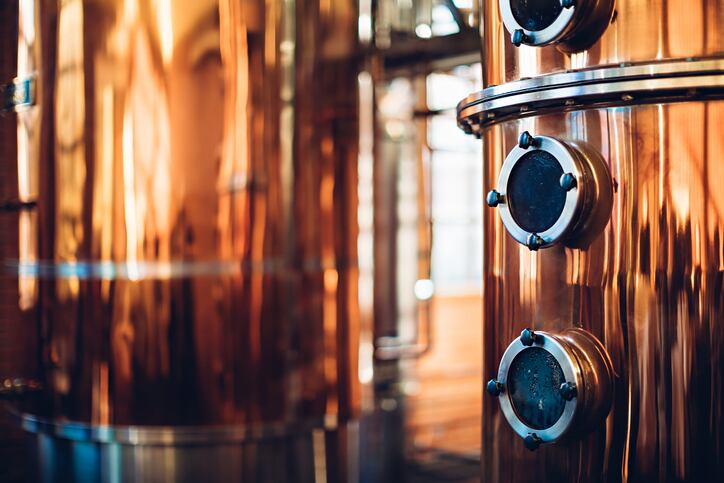Over the last few years, consumers have shunned the mega-brands of their parents’ generation in favour of something new and exciting – brands they can call their own; brands they can relate to; brands they can interact with on Instagram; and brands that offer more than a drink but an experience as well.
Beer is a perfect example: the current cohort of hipsters have been scoffing at 'mass-produced flavorless lager’ in favor of small independent craft beers.
But with many countries still in lockdown or observing social distancing, consumers aren’t browsing shelves or looking for something new – their shop is about getting in and out of the supermarket as quickly as possible. Many consumers, of course, are simply taking their shopping online.
In either case, they're seeking out brands they know and trust - and with all the uncertainty in the world, there's something comforting in having something familiar. Affordability, too, looks set to become more and more important - again playing into the hands of bigger brands over small premium batches.
And companies, too, are refocusing their efforts on their key brands. A pandemic is evidently not the best time to launch new products: there’s a considerable amount of investment and risk in trying out something new on the market.
Everyone knows Coca-Cola...
In soft drinks, Coca-Cola predicts that a return to known and trusted brands will be one of the key shifts in consumer behaviour.
“As consumers adjust to stay-at-home lifestyle, they're making fewer shopping trips and filling bigger baskets often based on availability and orientate to known trusted brands,” said Coca-Cola CEO James Quincey, presenting the company’s Q1 results at the end of last month.
The company has already been on a mission to ‘kill the zombies’ in its innovation pipeline – taking a ruthless approach to projects which are not doing as well as expected – and this is only going to be exacerbated under coronavirus. Not only does this cut off projects that are draining the coffers, but it also means that all parties – from ingredient suppliers to retailers - can benefit from a simplified supply chain.
“For our retail customers, grocery stores for example, we're focused on maximizing system efficiency by ruthlessly prioritizing to deliver on core SKUs and key brands and help customers simplify their supply chains,” said Quincey.
“We're also taking this opportunity to reshape our innovation pipeline to eliminate a longer tail of smaller projects and allocate resources to fewer, larger, more scalable, and more relevant solutions for this environment.”
Coors Light and Miller Lite up
Over in alcoholic beverages, Molson Coors sees the same trends emerging. It’s pushing its efforts towards its bigger brands: and delaying the launch of new innovations.
In the case of beer this is particularly interesting: for the last few years consumers have been shunning mass-produced, easy-drinking lagers in favor of new flavors and craft concoctions. And yet now Molson Coors is suddenly name-checking Coors Light and Miller Lite as brands that are performing well during the coronavirus pandemic.
“With significant economic uncertainty, consumers are turning to big brands they trust,” said CEO Gavin Hattersley in the company’s earnings call last week. “In fact, since pantry-loading began in min-March in the US, we are seeing industry share trends improve for both Coors Light and Miller Lite. Both brands are seeing better share trends in mid-March, and are growing segment share at an increasing rate."
From a marketing standpoint, Molson Coors is therefore pushing its budget behind these big brands.
“We’re focusing our investment against our biggest, most recognizable brands like Miller Lite, Coors Light and Blue Moon,” said Hattersley.
“We’ve shifted our media plans towards key platforms where we expected viewership to be higher: like social, gaming, podcasts, online video, over-the-top vs cinema and out of home, which is where we might’ve been before. We’ve enabled a large percentage of our creative to link to e-commerce via purchases so consumers can buy their favorite beers from the comfort and safety of their own homes.”
And while big brands have in the past been accused of failing to provide an emotional connection with consumers, Hattersley says the company has identified opportunities where its big brands can be ‘culturally relevant… and meaningfully and authentically provide value’ – something mass-produced brands have often been accused of failing with in the past.

Miller Lite, for example, created a virtual tip jar in the first week of isolation. Meanwhile, Coors Light stepped in to deliver beer to ninety-three-year-old Olive Veronesi in Pennsylvania, after a photo of her holding a Coors Light and a sign that read ‘I need more beer!!’ went viral. The company benefited from over 2 billion PR impressions as a result.
What about smaller brands?
In contrast, it’s the smaller brands and businesses that are particularly hard hit by the pandemic.
The US craft beer sector is facing ‘extreme challenges’ in 2020 as a result of the coronavirus pandemic, according to the Brewers Association.
Many US craft brewers are heavily reliant on people coming into tap rooms and brewpubs to try out new brews. That has effectively been cut off for the time being: removing a crucial revenue stream but also meaning that consumers are no longer exploring or experiencing new brews in the same way.
And in the off-trade, consumers are wanting to shop for larger pack formats – craft brewers, in contrast, focus on smaller 6 or 12 packs.
“Part of the craft shopping experience has always been about the experience of discovery” explains Bart Watson, chief economist for the Brewers Association. “Going down the aisle, taking your time, picking out something new… that’s not how people are shopping these days. You’re going in there, you’re getting the beer you’re want, and you’re getting out.”
But Wine Intelligence suggests that small and local may become increasingly important in the long term. In the wine category, it suggests consumers may start to focus on local.
“We anticipate a renewed focus on domestic and local wine in wine producing countries, reflecting national populations becoming more inwardly-focused and protective,” it says. “This will also reflect consumers’ agendas to support their local businesses at a time of economic crisis.”
It's understandable that the coronavirus pandemic has seen consumers turn back to familiar brands. How long-lasting this trend will be is another question.
Will consumers develop a strong loyalty to the big brands that saw them through some tough times? Or will the end of the pandemic see consumers' lust for new and exciting drinks bounce back with a vengance?
To answer that, we need to know when the pandemic will end... and that, of course, is still a big unknown.




